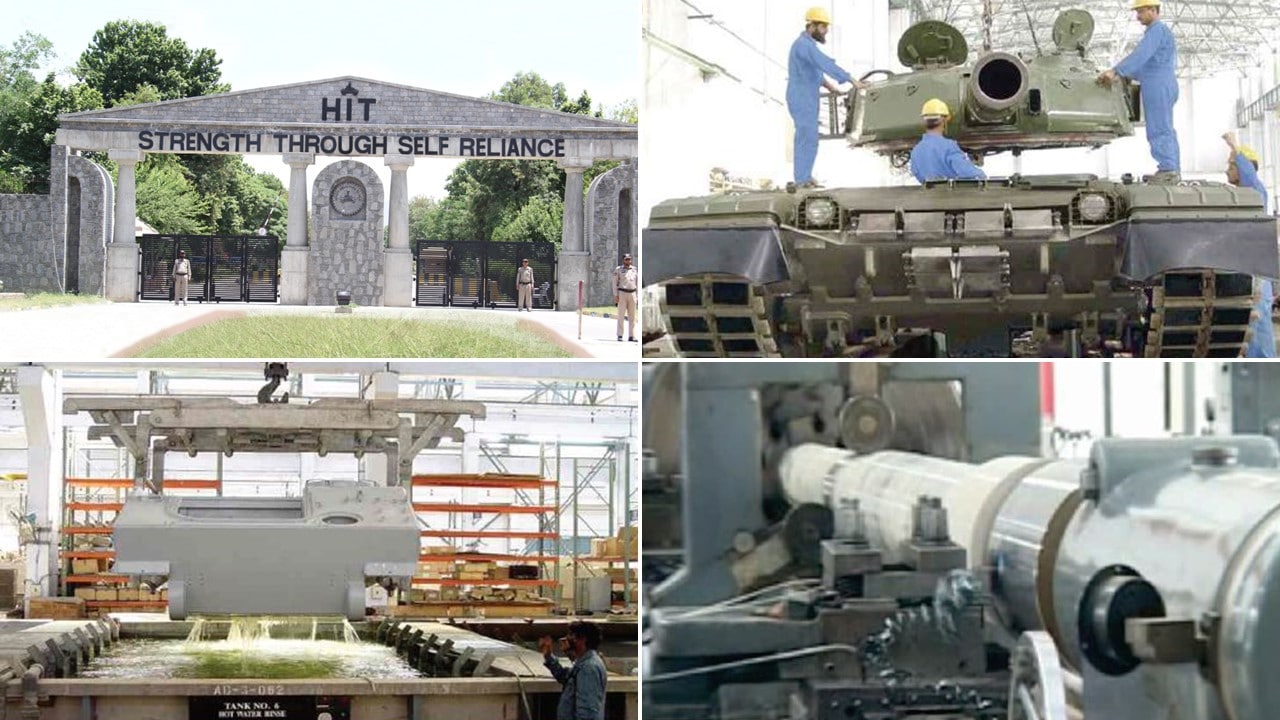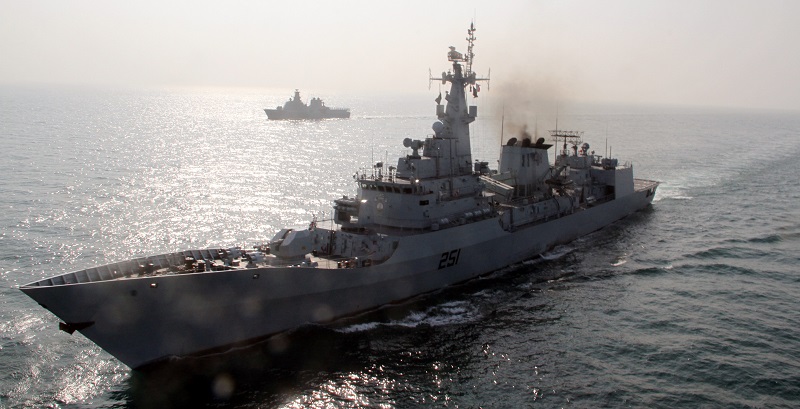2360Views 3Comments

Indonesia and Turkey to collaborate on developing drones
PT Dirgantara Indonesia (PTDI) announced that it will collaborate with Turkish Aerospace Industries (TAI) to develop new unmanned aerial vehicles (UAV) capable of flying as high as 40,000 ft.
“TAI has lengthy experience in building high-altitude UAVs. So we will collaborate with them in the project,” said PTDI’s President Director Elfien Goentoro (via a news report by The Jakarta Post).
TAI’s lone operational drone is the Anka. The Anka is a medium-altitude long-endurance (MALE) UAV that is capable of flying up to an altitude of 30,000 ft and endurance of 24 hours. It has a payload of 200 kg for guided air-to-surface munitions and electro-optical equipment.
TAI pitched its Anka MALE UAV to the Southeast Asian market, including Indonesia. TAI General Manager Temel Kotil told Turkish media that TAI spoke to Indonesian officials during the 2017 Defence and Security defence exhibition in Bangkok, Thailand in November 2017.
In July 2017, PTDI and TAI signed a “Framework Agreement” to increase bilateral collaboration. Under the agreement, TAI agreed to provide technical and marketing/business support to PTDI for the latter’s N219 utility aircraft and N245 commuter aircraft.
PTDI’s production director Arie Wibowo lauded the collaboration agreement with TAI, stating that TAI was eager to partner with PTDI and facilitate technology transfers to PTDI, in contrast to other competing firms which could not commit to transfer-of-technology.
PTDI officials added that the company’s MALE UAV program will be completed within three years and it – like the Anka – will be armed. PTDI also made mention of TAI’s experience in supplying composite airframe or aerostructure parts for Airbus.
PTDI is Indonesia’s core aviation manufacturing and services supplier. Known for its partnership with CASA (now under Airbus Defence & Space) to jointly develop and produce the CN235 transport aircraft, PTDI is a contributor to several overseas supply channels, including that of Airbus Helicopters. It also provides the Indonesian armed forces with aircraft maintenance and overhauling support.



3 Comments
by Salman
While pakistan sleeps
by kadet
The PD170 diesel engine produced for ANKA will start flying in 2019. With this engine, the dependence on the outside will come to an end .(to Germany)
In the framework of the project, the engine was first developed. Then ANKA’s plane atmosphere conditions were created in place and the engine was tried together. According to the experiments, the 2.1 liter diesel engine produced 170 hp between 0 and 20000 feet (about 6600 meters) at 2300 cycles. As the amount of oxygen decreased, the engine’s power began to fall to an altitude of 20000 feet as expected. The engine produced 130 hp at an altitude of 30000 feet. At present, the current engine used at ANKA produces 155 hp between 0 and 11000 feet altitude. With this comparison, the critical altitude for the TEI’s engine is twice as high as it is in use. At an altitude of 30000 feet, it consumes 10-11 percent more fuel than the current engine produces at half the power. The TEI’s engine is 5 kg heavier than the current engine, but the weight power ratio also improves as it provides more power for this weight with flight performance. While the current engine is forced out at an altitude of 30000 feet, the developed engine does not stay at 30000 altitude and it is even easier to reach the altitude of 40000 feet. In this case, ANKA will have a engine that can reach 40000 feet altitude (about 13300 meters).
40000 feet is no longer a dream. I hope we hear good news in the Altay tank engine. It should not be forgotten. ANKA engine development started in 2012.
by Steve
5-6 Muslim countries should get together and co-develop MALE UAV and 5th Gen fighter as well as other weapons. Costs will be lower and financial and political cooperation will improve. Pakistan can take the lead in some areas if we were not so attached to China, as well as big power interference. Some big powers will surely oppose this as they like ‘divide and rule’ as well as picking off individual countries for coercion and pressure, plus regime change when it suits them. There are no negatives only positives from such proposals to give us independence. Call it “regional” if you are allergic to religion!